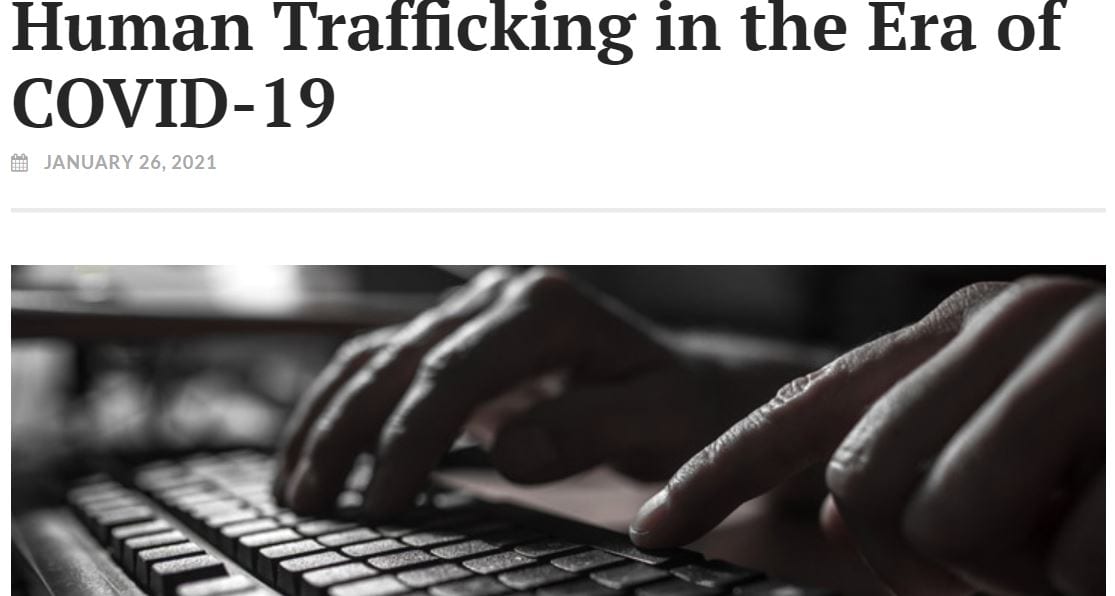
Human Trafficking in the Era of COVID-19
As the COVID-19 pandemic continues to wreak havoc on the globe, criminals continue finding new and manipulative ways to exploit the crisis. Human trafficking has continued to evolve, creating a new wave of victims and revictimizing those already exploited.1 In addition, convergence of criminality has notably been on the rise as perpetrators look to diversify their illicit revenues by further coercing their trafficking victims. For the financial sector, this means a potential increase in attack vectors that require resources to detect and identify these crimes brought about by evolving criminal enterprises.
Child Sexual Exploitation
Global school closures during the pandemic forced children to stay home, increasing their vulnerability to exploitation. UNESCO reports that during the height of the lockdowns in spring 2020, children in 194 countries were impacted by school closures, equaling 90% of students at all education levels.2 In August 2020, UNICEF issued a report stating that at least 463 million children were not able to access even remote learning during these lockdowns.3 This type of disruption in education and overall wellbeing makes children considerably at risk for exploitation.
According to a recent Interpol assessment, there has also been an increase in sharing of child exploitation material coupled with the underreporting of child abuse.4 Given lockdowns and more time online, pedophiles and pedophile groups are establishing more peer-to-peer forums as well as collecting and organizing child abuse material.5 Children are increasingly vulnerable to online enticement, given not being in school; increased hours online due to remote learning; and less adult supervision at home due to parental unemployment, parental illness or hospitalization, and other distractive issues related to COVID-19.6 Children are also away from potential and traditional reporters of child abuse outside the home such as teachers, day care workers, and after-school and/or community programs.
Click here to read full article.
